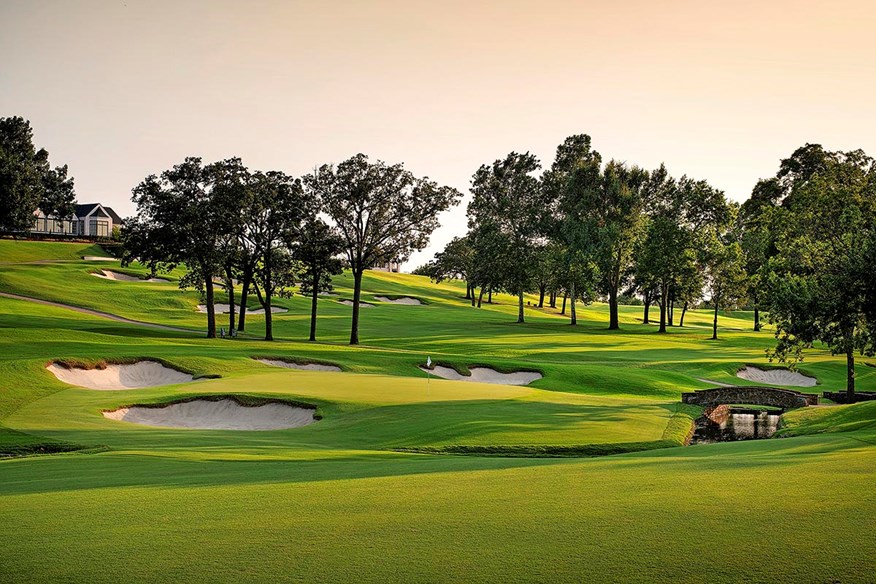US PGA Championship 2022: Southern Hills golf course guide
Last updated:
The in-depth guide to Southern Hills Country Club golf course, host of the 2022 US PGA Championship.
Today’s Golfer’s 2022 Major coverage is brought to you in association with TaylorMade.
Southern Hills plays host to the 2022 US PGA Championship from May 19 to May 22, 15 years after it last hosted the Major.
Tiger Woods won his 13th Major the last time the Wanamaker trophy was up for grabs in Tulsa, but the course has changed dramatically since and is now home to some of the most treacherous greens in golf after undergoing a major makeover in 2018.
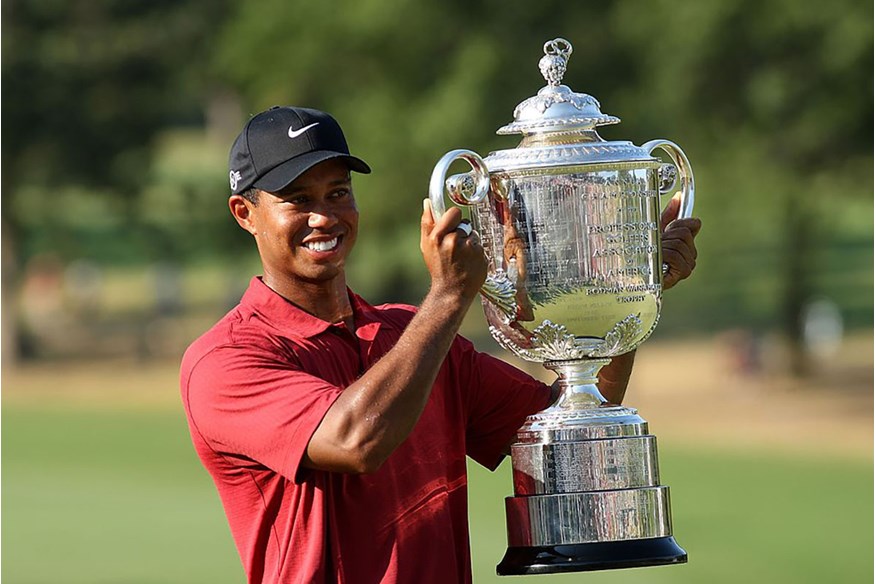
At last year’s Senior PGA Championship, Shaun Micheel told us that he intentionally missed a few of the greens with his approach shots, knowing he had a better chance of getting up and down from safer areas.
To contend in the year’s second men’s Major, players will almost certainly need to rely on their spin control and creativity around the greens, which should make for a nice throwback and contrast to June’s US Open.
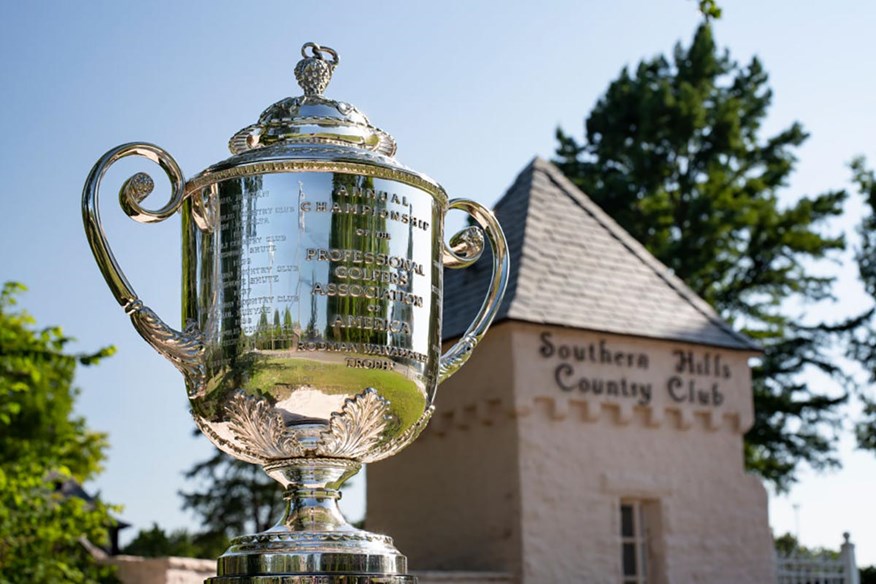
We sat down with Cary Cozby, PGA Director of Golf at Southern Hills, to find out what Tiger, Rory, Scottie, and co can expect when they roll into town, spoke with several of the big-name golfers who played the course in last year’s Senior PGA Championship, and analyse the holes where it will be won and lost.
RELATED: Tiger’s Majors ranked and rated
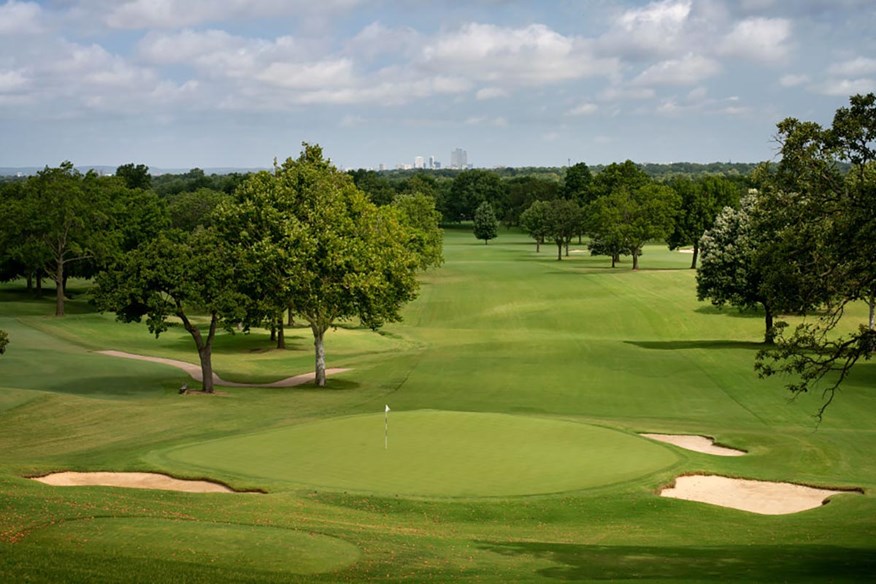
Southern Hills Country Club: Par 70 | 7,566 yards
The course has changed dramatically since 2007, Cary Gozby tells us. In 2018, we did a project with Gil Hanse to restore a lot of the Maxwell routing. We’ve opened up a lot of views, removed trees and all the green complexes have been redone. Now if a shot does not have the correct shape or spin, it will roll right off and there’s no rough around the greens to stop it. The greens are probably 15 percent larger, but they play about 10 percent smaller than the old greens because of the new edges and roll-offs.
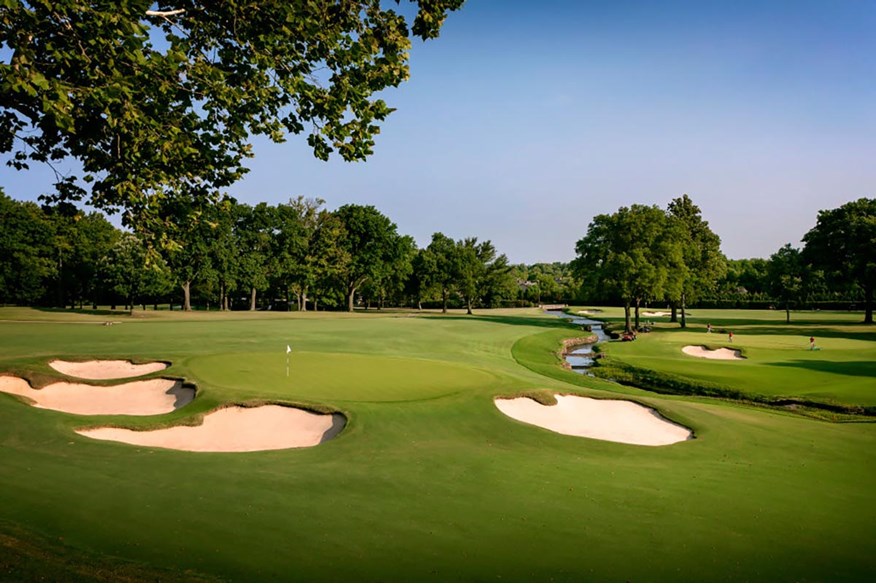
The winner is going to have to be a good pitcher of the ball. A lot of the guys who played last year’s Senior PGA also played the ’94 PGA, ’01 US Open and ’07 PGA. I had lunch with a few of them and they felt like it was a little easier off the tee than it used to be, but significantly more difficult on the approach shots. It’s still a really long course, but every hole has a bend to it. It’s definitely a second-shot golf course with the need for a tight short game. If you short-side yourself, you are going to be in real trouble. We’ve also got about 90, well-positioned bunkers on the golf course.
RELATED: We reveal who will win the US PGA Championship
On the longer holes, the greens are bigger and have more subtle slopes. On the shorter holes, the greens are crazy. I actually think the shorter shots are tougher at Southern Hills because of the spin. When I played in the Senior PGA, I hit one shot on 10 which landed a fraction short of the top of the ridge and then ripped straight back down. I had 57 yards left for my third shot!
The greens are not as crazy as Augusta’s, but the placement and run-offs are quite similar. Ben Crenshaw told me that Maxwell actually worked a lot on the green complexes at Augusta National.
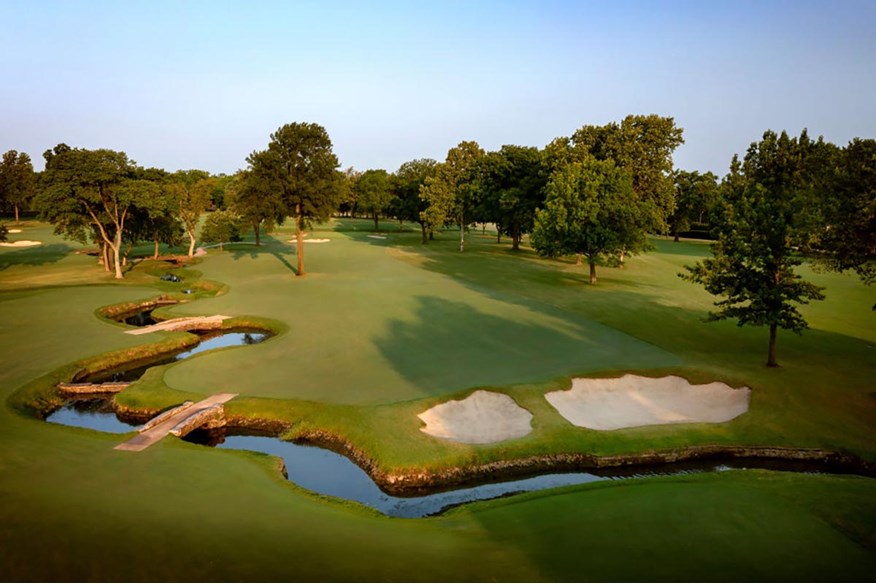
I think the front nine is two-and-a-half shots harder than the back nine. The 1st hole is just under 500 yards, the 2nd hole is just over 500 yards, but both are par 4s. The 5th is the only par 5 on the front and it’s 670 yards. The 6th is our toughest par 3, the 7th historically plays as one of the toughest holes on the course (and the green’s just been moved 45 yards further back), and then the 8th is a slightly uphill, 260-yard par 3. If you are level par through the first eight holes, you are going to be ahead of the field.
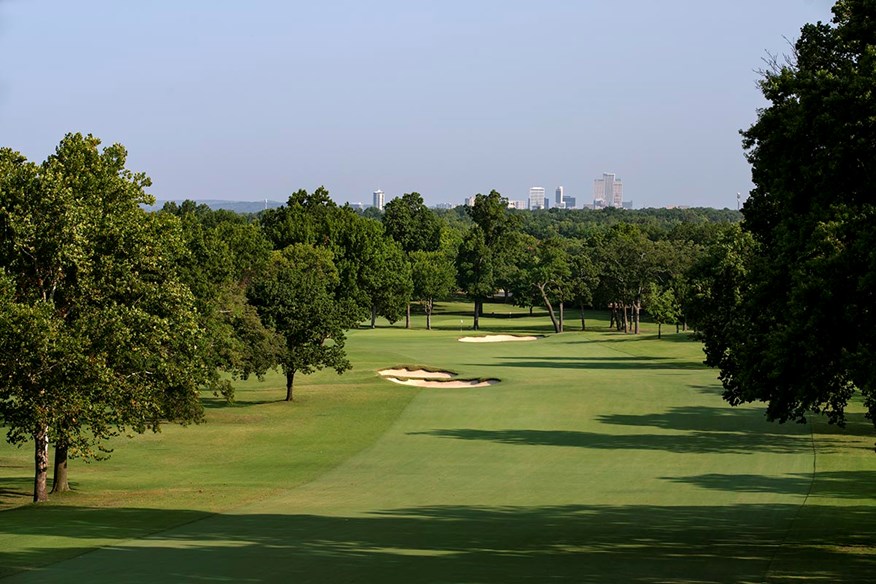
Nine through to 15 are really scoreable holes. If you put the ball in the fairway, you are going to have some looks because you’re not hitting a long iron into any of them, apart from the par-5 14th. We’ve lengthened that hole to 640 yards, but it does play downhill. When Viktor Hovland came in January, he hit driver/3-wood and got on the green.
RELATED: Win TaylorMade’s US PGA tour staff bag
Holes 10, 11 and 12 will probably be the most exciting to watch because of the precision required. But the last three holes are all about holding on for dear life. It can be tough to make birdies if you are chasing. I’m guessing 18 will play as the hardest hole. Typically it plays into the wind and we know from past Majors that the green is super, super difficult.
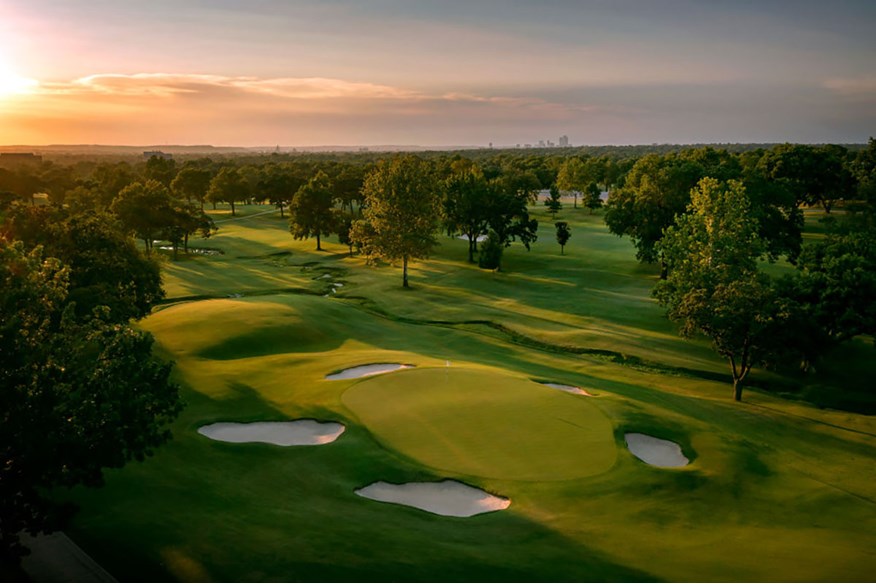
We will have some wind in May. We tend to have thunderstorms in the spring time, but we’ll accept that over the really oppressive heat we had back in 2007 [there were record temperatures for a Major championship].
If we get a bunch of rain and it’s super soft, they will shoot low numbers. But if we get some wind and it’s running firm and fast, the winning score will be in single digits. If you look at past winners here, most of them have one great round and three around par. It’s a cool golf course because you can make bogey anywhere. We won’t have a ton of rough, but the real defence is the greens, the way the holes are shaped, and the fact you don’t get many flat lies.
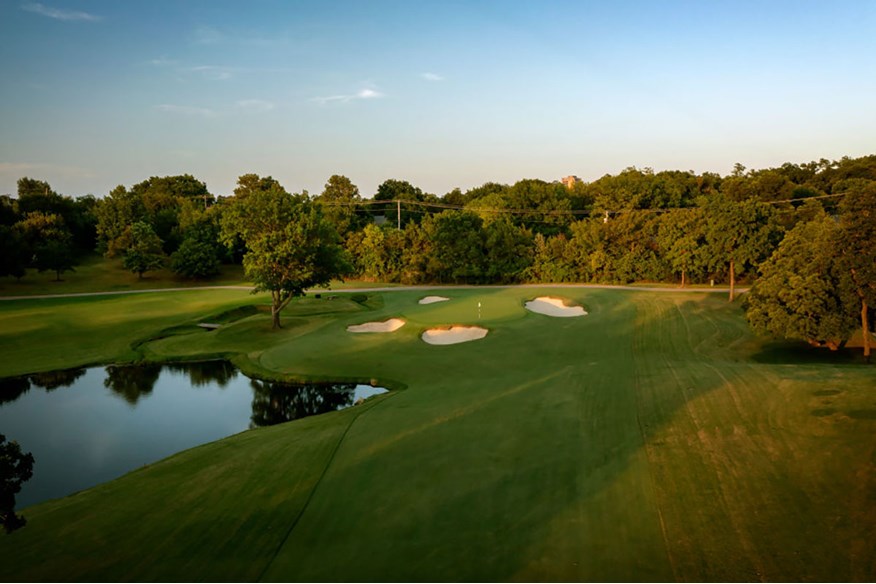
What the players say about Southern Hills
Bernhard Langer: “The greens are extremely severe, a lot of slope, a lot of very tight pin positions, which means you’re going to have some long putts, which can lead to three-putt. The other thing about the greens is they have a lot of false fronts and false sides where the ball just runs off.
“All of a sudden that green becomes very small. And then within that small green there’s lots of humps and hollows which makes it pretty challenging. If you do miss it and it runs off, you’re chipping into the grain, which is a tougher chip than when the grass grows with you.”
RELATED: Who’s in the field for the US PGA?
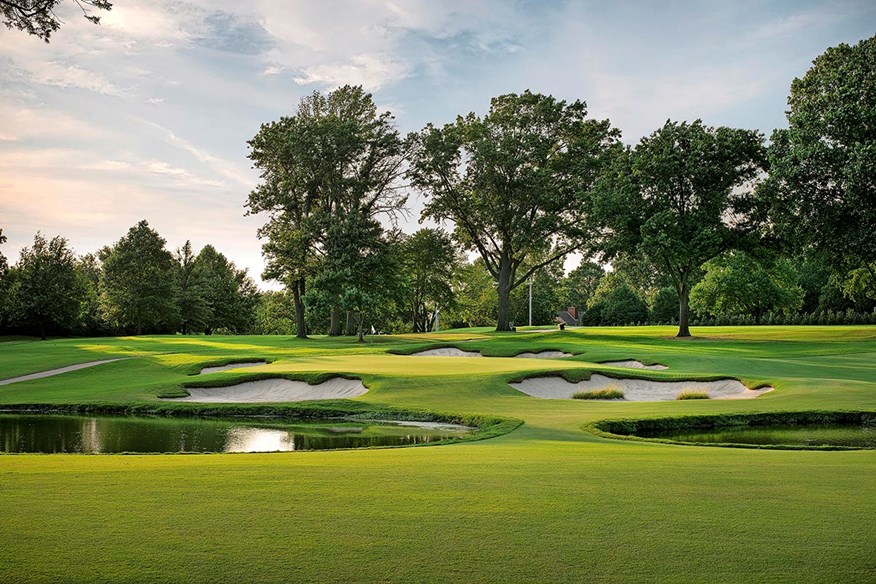
Jim Furyk: “There’s a lot of places where the fairways are pinched down and you want to hit driver but 3-wood is probably the play. But it’s a ball-striker’s golf course. If you miss fairways, it’s an uphill battle.
“If you start missing greens in the run-offs, it’s going to be difficult as a lot of them are into the grain. I think every green has probably got a place where you’ve got a green light and you can attack, but there are a number of pins where you have to play pretty conservative and put the ball on the fat of the green.”
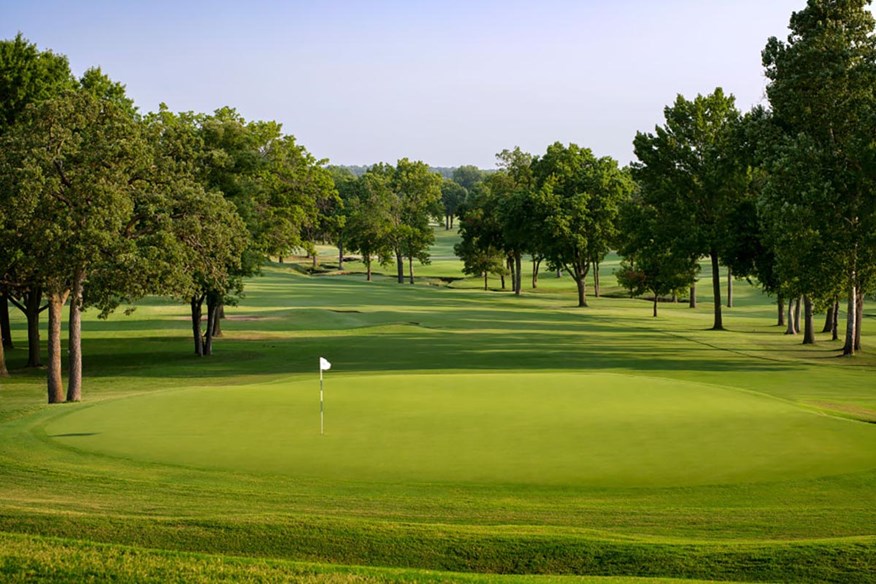
Colin Montgomerie: “The biggest challenge of Southern Hills is to keep the ball below the hole. To do that, you’ve got to be in the fairway. So, it’s a complete test of golf.”
Retief Goosen: “The course is made for the bombers. They made the fairways really wide so the long hitters are going to love it.”
RELATED: Best Golf Courses in the USA
The holes where the PGA Championship will be won and lost
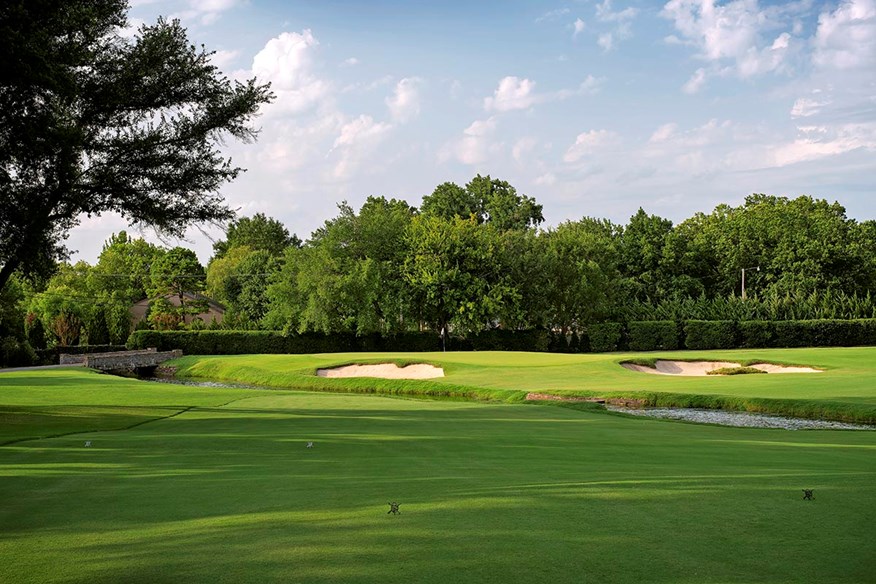
Southern Hills Country Club | Hole 6 | Par 3 | 214 yards
The first par 3 plays downhill, and shifting winds can complicate club selection. A creek starts short right of the green and crosses at a 45-degree angle, while bunkers lurk front-left and front-right. Still, the ideal tee shot is to the front of the green as going long flirts with a fence marking the edge of the property. The landing window is less than 20ft.
The 6th proved disastrous for several players in the 2007 PGA Championship. Angel Cabrera famously came unstuck after hitting his tee shot into the bushes. Worse was to come when he hit his next ball out of bounds – and then another one into the water. After taking a drop, Cabrera eventually found the green and proceeded to three-putt his way to a 10. By comparison, his playing partners – Zach Johnson and Padraig Harrington – had it easy and each carded double bogeys.
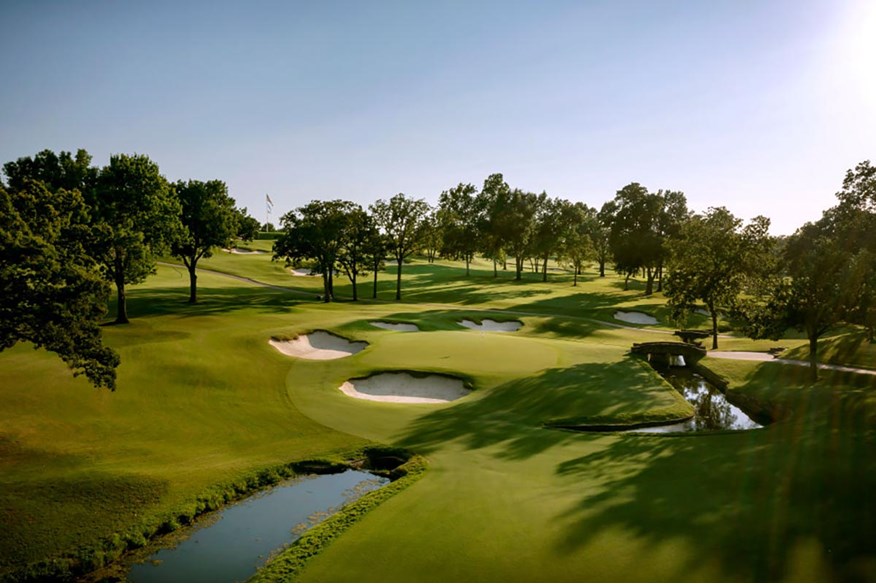
Southern Hills Country Club | Hole 12 | Par 4 | 458 yards
Both Ben Hogan and Arnold Palmer called this slight dog-leg left one of America’s greatest par 4s. Drives are hit to a blind landing area that slopes from right to left towards a creek that runs up the side before cutting across the hole and to the right.
The slightly domed green sits low, slopes left to right, and is protected by bunkers short, left, and long. The apron around the front left bunker, as well as the area leading to the water, has been known to cause havoc in previous Championships.
RELATED: US PGA Championship tee times and groups
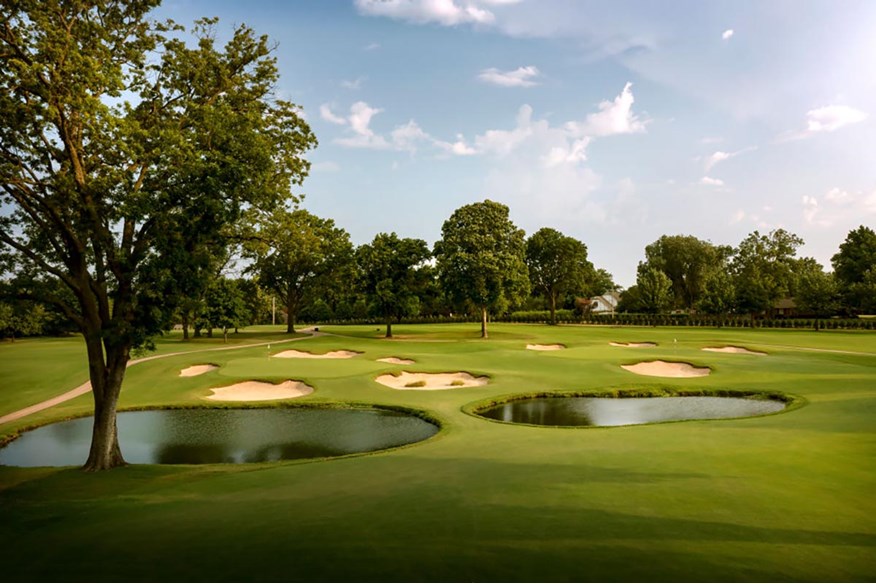
Southern Hills Country Club | Hole 13 | Par 5 | 537 yards
A full 120 yards shorter than the par-5 6th, this slight dog-leg left will almost certainly give up the most birdies during the week. Reaching the green in two requires a blind shot to a really small green which is well protected by five bunkers and two ponds in front.
There’s also a large ‘Maxwell roll’ in the middle of the green which segments the putting surface in two. Three-putts are very common.
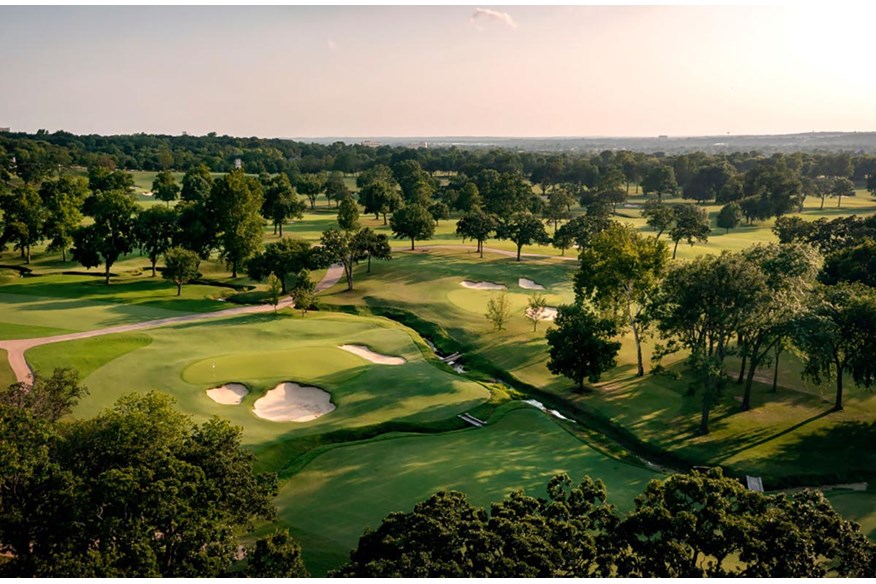
Southern Hills Country Club | Hole 17 | Par 4 | 371 yards
A great short par-4 hole, defined by a creek to the right and a thick strand of trees to the left. Adding to the challenge is the absence of a level lie in the fairway when hitting a finesse shot into a narrow, undulating green with two big bunkers on the left and one deep bunker on the right. When the tee is moved forward, as it likely will be on one of the four days, it could play as short as 320 yards.

Southern Hills Country Club | Hole 18 | Par 4 | 465 yards
This dog-leg right is considered to be one of the strongest finishing holes in Major Championship golf. The tee shot needs to find a plateau on the left side to avoid a small creek that encroaches prior to some cross bunkers. The second shot is played uphill towards the clubhouse that sits at the highest point on the property.
The elevated green slopes hard from back to front and can reject shots 50 yards back down the slope towards the surrounding bunkers. It was here that Retief Goosen missed a two-foot putt to win the 2001 US Open. Ironically, Stewart Cink three-putted his way from eight feet right out of the Monday play-off, won by Goosen.
RELATED: How to watch the US PGA Championship
-
 Southern Hills Country Club hosts the 2022 US PGA Championship.
Southern Hills Country Club hosts the 2022 US PGA Championship.
-

-
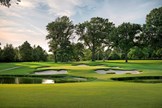 The greens at Southern Hills are a true test.
The greens at Southern Hills are a true test.
-
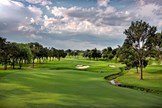
-
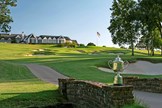 Southern Hills hosts the 2022 US PGA Championship.
Southern Hills hosts the 2022 US PGA Championship.
-

-

-

-

-

-
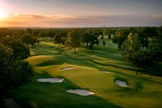 The 10th hole at Southern Hills Country Club.
The 10th hole at Southern Hills Country Club.
-
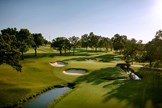 The 12th hole at Southern Hills Country Club.
The 12th hole at Southern Hills Country Club.
-
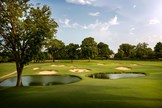 The 13th and 16th holes at Southern Hills Country Club.
The 13th and 16th holes at Southern Hills Country Club.
-
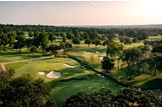 The 17th hole at Southern Hills Country Club.
The 17th hole at Southern Hills Country Club.
-
 The 18th hole at Southern Hills Country Club.
The 18th hole at Southern Hills Country Club.
-
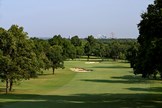 The 1st hole at Southern Hills Country Club.
The 1st hole at Southern Hills Country Club.
-
 The 2nd hole at Southern Hills Country Club.
The 2nd hole at Southern Hills Country Club.
-
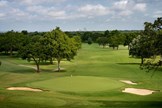 The 4th hole at Southern Hills Country Club.
The 4th hole at Southern Hills Country Club.
-
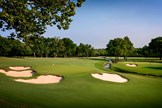 The 5th hole at Southern Hills Country Club.
The 5th hole at Southern Hills Country Club.
-
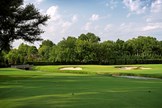 The 6th hole at Southern Hills County Club.
The 6th hole at Southern Hills County Club.
-
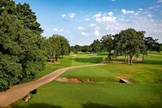 The 8th hole at Southern Hills Country Club.
The 8th hole at Southern Hills Country Club.
-
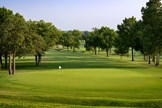 The 9th hole at Southern Hills Country Club.
The 9th hole at Southern Hills Country Club.
-
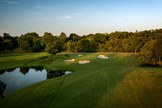 The 11th hole at Southern Hills Country Club.
The 11th hole at Southern Hills Country Club.
-
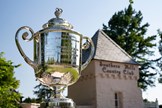 The US PGA Championship returns to Southern Hills Country Club.
The US PGA Championship returns to Southern Hills Country Club.
-
 Tiger Woods was victorious the last time the PGA Championship was played at Southern Hills in 2007.
Tiger Woods was victorious the last time the PGA Championship was played at Southern Hills in 2007.

